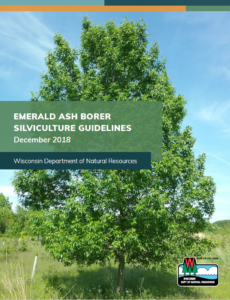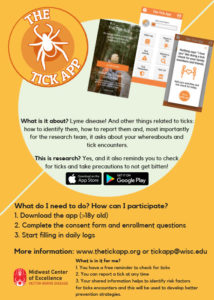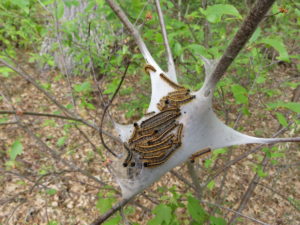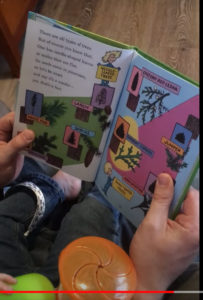 Many Wisconsin communities found creative and resourceful ways to celebrate Arbor Day this year. These celebrations included drive-through tree giveaways, videos, art contests, games and puzzles, self-guided tree walks, small in-person celebrations and tree planting following social distancing guidelines, and more! Here is a sampling of the Arbor Day events that took place in Wisconsin this spring:
Many Wisconsin communities found creative and resourceful ways to celebrate Arbor Day this year. These celebrations included drive-through tree giveaways, videos, art contests, games and puzzles, self-guided tree walks, small in-person celebrations and tree planting following social distancing guidelines, and more! Here is a sampling of the Arbor Day events that took place in Wisconsin this spring:
Adams: The city of Adams held a celebration on April 16th. Mayor Roberta Pantaleo read the Arbor Day Proclamation, and City Forester Joel Fell and another public works employee planted two trees in Burt Morris Park and four trees along boulevards.
Cedarburg: Please follow this link to read how Cedarburg Green celebrated its Year of the Tree despite Covid-19.
Continue reading “Arbor Day 2020: Celebrating trees in a time of social distancing”

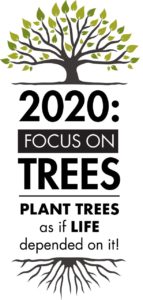
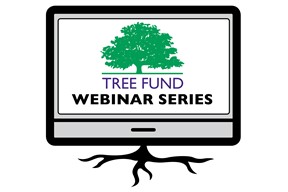 Check out the six upcoming webinars/webinar series listed below. Especially during this time of social distancing, webinars are a great training opportunity. Some of them even offer ISA CEUs when watched live (recordings of past webinars are also available but do not offer CEUs).
Check out the six upcoming webinars/webinar series listed below. Especially during this time of social distancing, webinars are a great training opportunity. Some of them even offer ISA CEUs when watched live (recordings of past webinars are also available but do not offer CEUs).
